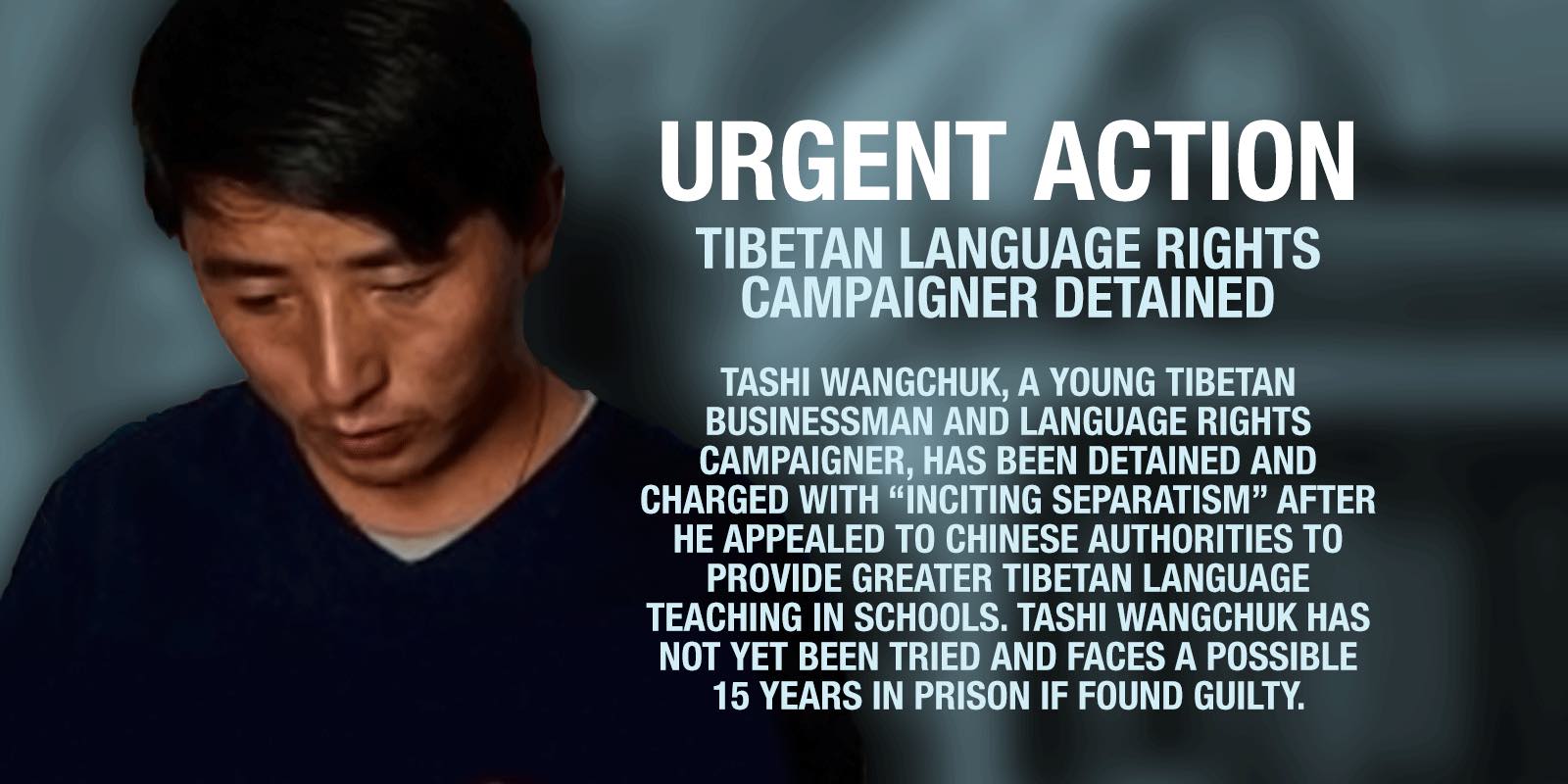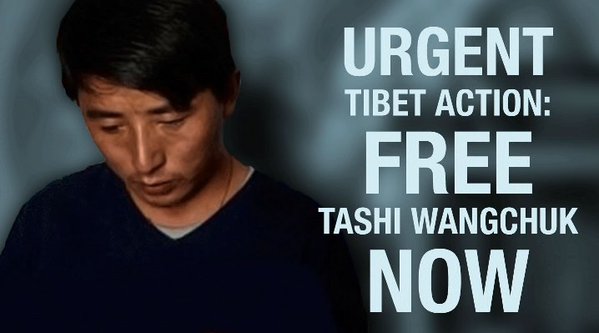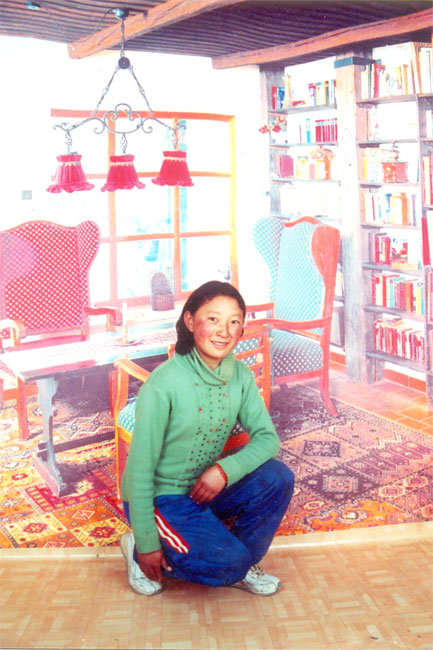 The Tibetan Centre for Human Rights and Democracy (TCHRD) condemns the unlawful and arbitrary detention of Mr Tashi Wangchuk for his peaceful advocacy of Tibetan language education and calls for his immediate release.
The Tibetan Centre for Human Rights and Democracy (TCHRD) condemns the unlawful and arbitrary detention of Mr Tashi Wangchuk for his peaceful advocacy of Tibetan language education and calls for his immediate release.


 The Tibetan Centre for Human Rights and Democracy (TCHRD) condemns the unlawful and arbitrary detention of Mr Tashi Wangchuk for his peaceful advocacy of Tibetan language education and calls for his immediate release.
The Tibetan Centre for Human Rights and Democracy (TCHRD) condemns the unlawful and arbitrary detention of Mr Tashi Wangchuk for his peaceful advocacy of Tibetan language education and calls for his immediate release.


In March this year, a 30-yr-old Tibetan man called Tashi took his own life soon after his detention because he was unable to bear the torture inflicted on him in Chinese police custody. The same month, another Tibetan man named Ngodup Phuntsok aka Ngoe-ga, 61, was released from prison after eight years with crippled back and legs, unable to walk. Weeks before Ngoe-ga’s release, news surfaced that Chinese prison authorities had suddenly hospitalised the courageous monk Jigme Gyatso aka Jigme Guri just six months prior to his release. Jigme Gyatso was serving a five-year sentence for exposing human rights violations particularly Chinese torture methods in Tibet. There are fears that Jigme Gyatso might be subjected to medical torture or unnecessary treatment, and similar concerns have been expressed in regards to Dolma Tso, a 30-yr-old Tibetan woman who could be subjected to forced medical procedures. In late March this year, Tibetan language and culture advocate Tashi Wangchuk, 30, has not been heard or seen after being held in prolonged secret detention and charged of inciting separatism . Just last month, a Tibetan writer named Lobsang Jamyang (Pen-name: Lomik) was sentenced to seven and a half years in prison for “leaking state secrets” and “engaging in separatist activities”; he had been held in secret detention since April 2015.


On 21 April 2016, the second talk in the TCHRD’s United States Tibet Talk Series was at the International Campaign for Tibet’s office in Washington D.C. The first talk in the series was hosted with the Nanda Center for International Law at the University of Denver on 17 February.
The most recent conference, “Tibetan Political Prisoners: Rights and Responses” was a panel discussion with ICT’s Andrea Worden and Sophie Richardson from Human Rights Watch and moderated by TCHRD’s John Gaudette.

The Tibetan Centre for Human Rights and Democracy (TCHRD) condemns the ongoing illegal detention of Tashi Wangchuk, 30, a Tibetan businessman who has been a vocal advocate for the preservation…

The body of a girl shot dead in the Ngaba County protest on 16 March was identified as Lhundup Tso, 16 years-old girl and a student of Ngaba County Tibetan…

On the 37th anniversary of the entry into force of the United Nations Convention Against Torture, the Tibetan Centre for Human Rights and Democracy, Tibetan Youth Congress, Students for Free Tibet and Tibetan Women’s Association solemnly commemorates and pays tribute to Tibetan human rights defenders, dissidents, and activists who have endured and continue to endure torture— the severest form of human rights abuse.

The Tibetan Centre for Human Rights and Democracy (TCHRD) has utmost concern for the physical and psychological health and wellbeing of a Tibetan monk who remains in incommunicado detention since…
Special Rapporteur on Torture and Other Cruel, Inhuman or Degrading Treatment or Punishment HRC 25th Session (11 March 2013) Symbol No. A/HRC/25/60/Add.2 S Allegations of arrest and detention of, and…
Special Rapporteur on the situation of human rights defenders HRC 16th Session (28 February 2011) Symbol No. A/HRC/16/44/Add.1 Mr. Dhondup Wangchen, also known as Dunzhu Wangqing and Dangzhi Xiangqian, co-director…
Special Rapporteur on the promotion and protection of the right to freedom of opinion and expression HRC 20th Session (4 June 2012) Symbol No. A/HRC/20/17 The Special Rapporteur voiced grave…


In keeping with its assimilationist policy, Chinese authorities have recently introduced mathematics textbooks in Chinese language in a number of primary schools to gradually replace the Tibetan version in Tibet Autonomous Region (TAR).
Recent media reports exposed steps taken by the TAR education department to introduce Chinese language mathematics textbooks for Tibetan primary school children that have caused deep concern among educated Tibetans some of whom have expressed their concern in writing on online platforms.